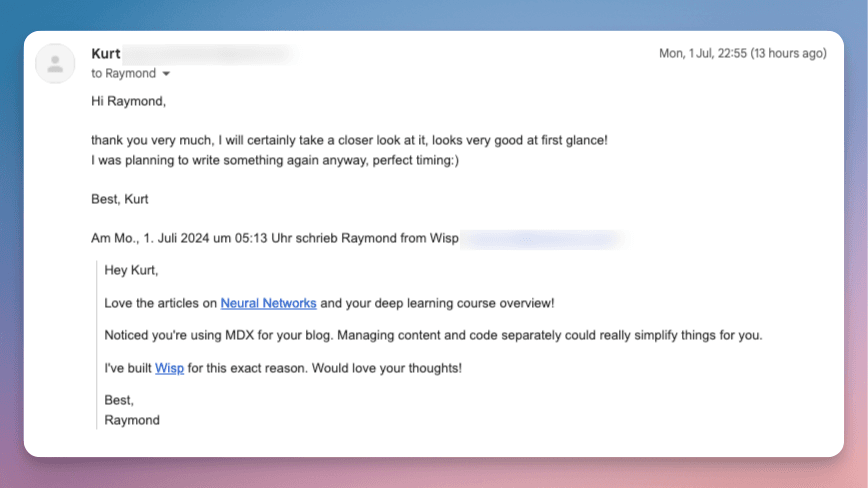
You've just logged into your cloud service dashboard, and your heart stops. The monthly bill has skyrocketed from a manageable few hundred dollars to tens of thousands. As you dig deeper, you discover the culprit: an AI bot named Claude has been hammering your servers with requests, driving your usage from a modest 3 million to a staggering 40 million requests per month.
This isn't a hypothetical scenario – it's a real situation that recently unfolded for a distressed developer who shared their experience on Reddit. Their story serves as a stark reminder of how AI interactions with our systems can lead to unexpected and potentially devastating financial consequences.
The Growing Challenge of AI-Related Billing Surprises
The rise of AI bots and services has introduced a new dimension of complexity to managing cloud infrastructure costs. While these technologies offer tremendous benefits, they can also create significant financial risks when not properly managed. The challenge isn't limited to small developers; organizations of all sizes are grappling with similar issues across various platforms, from Vercel to Google Cloud's Vertex AI.
Consider these alarming trends:
Companies reporting sudden spikes in API requests from AI bots
Unexpected costs from AI services scaling beyond intended limits
Challenges in distinguishing between legitimate AI traffic and potential abuse
Understanding the Root Causes
The surge in unexpected billing often stems from several key factors:
Automated Scaling: Modern cloud infrastructure automatically scales to handle increased load, which can result in exponential cost growth when AI bots generate unexpected traffic.
Usage-Based Pricing: Many services charge based on consumption (requests, compute time, or data processed), making costs unpredictable when AI systems interact with your services intensively.
Lack of Default Limits: Many platforms don't implement strict usage limits by default, allowing costs to spiral out of control before anyone notices.
The Real Impact
The consequences of these billing surprises extend beyond mere financial strain. They can:
Force businesses to temporarily shut down services
Create cash flow crises for small companies
Lead to emergency meetings with service providers to negotiate bills
Cause lasting damage to business operations and planning
As one affected user shared, "What should they do in this situation?! They have a huge bill to pay right now, just because Claude made requests." This sentiment echoes across numerous similar incidents, highlighting the urgent need for proactive measures to prevent such situations.
Preventive Measures: A Strategic Approach
1. Implement Robust Bot Management
The first line of defense against unexpected AI-related billing is implementing proper bot management strategies:
Edit your robots.txtUser-agent: Claude-Web
Disallow: /
User-agent: GPTBot
Disallow: /
User-agent: anthropic-ai
Disallow: /
This configuration helps prevent AI bots from crawling your site excessively. However, remember that not all bots honor these rules, so additional measures are necessary.
Deploy Challenge ModesServices like Vercel's Attack Challenge Mode can help identify and manage suspicious traffic patterns. When enabled, this feature can significantly reduce the risk of excessive bot requests while maintaining service availability for legitimate users.
2. Set Up Comprehensive Monitoring and Alerts
Proactive monitoring is crucial for catching potential issues before they become costly problems:
Budget Alerts: Configure alerts at different spending thresholds (e.g., 50%, 75%, and 90% of your budget)
Usage Monitoring: Track key metrics like request counts, compute time, and data transfer
Anomaly Detection: Implement systems that can identify unusual patterns in resource usage
As one experienced cloud user advised, "You gotta put up budget alerts. It's not optional anymore with how these costs can spiral."
3. Implement Hard Limits and Failsafes
Don't rely solely on monitoring – implement hard limits that prevent runaway costs:
Set maximum spending caps with your cloud provider
Configure rate limiting for your APIs
Implement automatic service scaling limits
Use separate environments for testing and production with different budget constraints
Best Practices for Managing AI Interactions
1. Implement Proper Authentication and Authorization
Secure your endpoints and services:
Require API keys for all requests
Implement proper rate limiting per API key
Use token-based authentication with expiration
Monitor and audit access patterns regularly
2. Regular Security Audits
Conduct regular security audits focusing on:
Access patterns and unusual behavior
Resource utilization trends
Configuration settings and permissions
Integration points with AI services
3. Maintain Clear Documentation
Document your system's interaction with AI services:
List all integrated AI services and their access patterns
Define expected usage patterns and thresholds
Maintain emergency response procedures
Keep contact information for service providers readily available
What to Do When Prevention Fails
Despite best efforts, you might still face unexpected billing issues. Here's what to do:
1. Immediate Response
Immediately identify and stop the source of excessive usage
Document all relevant data and timestamps
Take screenshots of unusual patterns or activities
Implement temporary blocks if necessary
2. Contact Service Providers
Many users have reported success in negotiating with service providers:
Reach out to support immediately
Provide detailed documentation of the incident
Request billing adjustments or credits
Ask about implementing additional preventive measures
As evidenced in the Reddit case, Vercel has shown willingness to work with users facing unexpected bills from AI bot activities.
3. Long-term Mitigation
Review and update your prevention strategies
Implement additional monitoring tools
Consider using specialized DDoS protection services
Evaluate alternative service providers or architectures
Future Considerations and Recommendations
Emerging Trends in AI Traffic Management
As AI systems become more prevalent, we're seeing new approaches to managing their interactions:
AI-specific rate limiting and throttling mechanisms
Machine learning-based traffic analysis tools
Automated cost optimization systems
Building a Sustainable Strategy
Rather than completely blocking AI access, consider a balanced approach:
Selective Access
Allow verified AI services through specific endpoints
Implement stricter controls for unknown AI systems
Use whitelisting for trusted AI partners
Cost-Effective Architecture
Design systems with cost-efficiency in mind
Implement caching where appropriate
Consider serverless architectures with built-in scaling limits
Regular Review and Updates
Monitor industry trends and new AI bot patterns
Update security measures regularly
Review and adjust limits based on actual usage
Conclusion
The question isn't really whether to block AI entirely, but rather how to manage AI interactions effectively while protecting your resources and budget. As one cloud architect noted, "If you serve requests, you have to pay for them, generally." The key is finding the right balance between accessibility and protection.
By implementing proper monitoring, setting appropriate limits, and maintaining vigilant oversight, you can harness the benefits of AI interactions while avoiding unexpected billing surprises. Remember that prevention is always better than cure, but having a solid response plan is equally important.
The landscape of AI interactions will continue to evolve, and so should your strategies for managing them. Stay informed, be proactive, and don't hesitate to reach out to your service providers when issues arise. After all, they have a vested interest in helping you succeed while using their platforms responsibly.
Remember: The goal isn't to build walls, but to build bridges with proper guardrails.



